Your handy 1967–69 Chevrolet Camaro buyer’s guide
It’s one thing to fire back when your biggest competitor makes something as groundbreaking as the Mustang “pony car,” but it’s another thing entirely to kick off a half-century-long rivalry. Far more than a platform with roots in the Chevrolet Nova, the Chevrolet Camaro was an impressive package with plenty of options for personalization and high-performance prowess. And with a name supposedly derived from the French word for “friend,” there’s no doubt as to why so many people want a buddy like this in their garage. Or maybe it’s just because “Camaro” sounds undeniably cool.
Model overview
1967
The Camaro’s muscular long-hood, short-deck styling was an instant hit, and there was a plethora of options available to ensure the customer could tailor their Camaro to their needs. With two inline-six engines (230/250 cubic inches with 140/155 horsepower) , two 327-cu-in small-block V-8s (210/275 hp), a 302 small-block (Camaro Z28), a 350 small-block (L48, 295 hp), two 396 big-block V-8s (L35/L78, 325/375 hp) complete with an assortment of manual and automatic transmissions, the Camaro catered to a variety of performance needs.

Factory and dealer-installed interior options abounded, too, including air conditioning, tinted windows, power windows, shoulder belts, floor console, cruise control, three radio options, rear window defogger, a fold-down rear seat, and Z23 (bright metal trim) or Z87 (unique wood trim) interior upgrade package. Exterior options were similarly comprehensive: vinyl top, simulated wire wheel covers, rally wheels, a Z21 cosmetic upgrade, and the Rally Sport (RS, Z22) option. The RS spiced up the Camaro’s exterior with covered headlights, larger brake lights (the reverse lights moved below the bumper), extra chrome trim, and RS badging.

The Super Sport (SS) Camaro was a performance upgrade (mandating either the 350 or 396 V-8) that included an improved suspension, SS badging, a unique hood with non-functional chrome air intakes, and a stripe circling the front fascia. The RS cosmetic package was also available on SS models.
If one’s interests leaned toward performance on a road course, a mid-year upgrade came in the form of the Z/28 trim level. Designed specifically for SCCA Trans Am Series and complete with a high-revving, solid-lifter 302 V-8 engine, the Z/28 also included a four-speed manual, 15-inch rally wheels, uprated suspension, “302” emblems on the fenders, and racing stripes down the center of the hood/roof/trunk. Sadly only 602 Z/28s were made, as this was a race car built for the street—air conditioning and automatic transmissions were unavailable.
1968
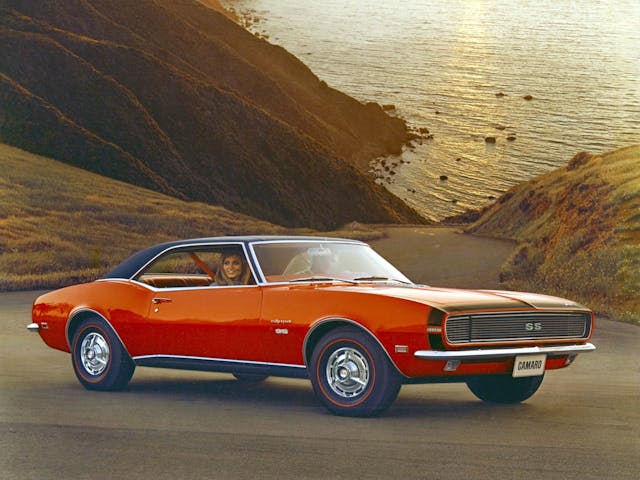
Styling changes for 1968 included federally-mandated side marker lights, revised grille with rectangular front parking lamps, engine displacement emblems moved to the front of the fenders, square side view mirrors, taillights subdivided into four rectangles, and the deletion of vent windows (General Motor’s in-cabin Astro Ventilation system came in its place). A redesigned interior sported a new center console, dash, armrests with extra padding, redesigned console gauges (moving the clock into the tachometer, creating the famous Tic-Toc-Tach), and the new chrome finishes with dull aluminum to reduce glare.
Revised rear shock mounting points helped reduce the prior year’s axle hop issues. For big-block-equipped units, multi-leaf springs also replaced the composite single leaf springs at the rear. A new, entry-level 396-cu-in (L34) V-8 made a robust 350 horsepower, but the top-level L78 could now be ordered with aluminum heads (L89) for significant weight savings. Depending on engine and build date, Camaro SS models had unique hood louvers: small-block (L48) used the carryover simulated louvered hood insert from last year while big-blocks featured a squared-off design with four ports per side. Although conclusive information is difficult to come by, it is believed that some 1968 Camaro SS hoods were delivered with the 1967 louvers.
1969

A significantly redesigned body came in 1969, starting with a sharply angled grille and sleeker doors, fenders, quarter panels (with fake louvers), and a new rear fascia with triple pod taillights. A distinctive cowl induction hood and plastic “Endura” front bumper (painted to match) were also available.
Variable effort power steering and a new four-wheel disc brake option (JL8) were new, the latter was likely intended for would-be Z/28 buyers. All models equipped with a four-speed manual now had Hurst-branded shifters. While both six-cylinder engines remained, a new 307 V-8 (L14) made 200 horsepower and two new 350 V-8s made a full 250 (L65) or 255 (LM1) horsepower.

The RS continued with numerous trim enhancements, most notably body-color painted headlight doors with tri-bar grille inserts and headlight washers. Prominent “RS” lettering on the front and rear fascias made the option package clear, if the extra body trim and unique reverse lights weren’t enough for onlookers. Interior changes were significant: a new dashboard with a square gauge cluster, the ignition switch moved to the steering column, standard headrests, and a new woodgrain pattern. While the SS still had a small block (L48, 300hp) and a 396-cu-in big-block (L35, 325hp) available, Chevrolet’s Central Office Production Order (COPO) created two options: a 427 V-8 at 425 hp (L72) or the all-aluminum ZL1 big-block with an underrated 430 hp.
Special editions

While more information can be found at a previous buyer’s guide here, let’s take a quick look at some special editions of the first-generation Camaro. Chevrolet paced the Indy 500 in 1967 and made Pace Car replicas, all finished in Ermine white with blue interior/trim/stripe atop a Camaro convertible in RS/SS configuration. Chevrolet followed suit in 1969 with 130 replicas made from Camaro convertibles and hardtops, finished in Dover White with Hugger Orange stripes in a Camaro Z/28 style. All examples were ordered in RS/SS configurations with cowl induction hoods and an orange interior with distinctive houndstooth cloth inserts.
Yenko Camaros were special in the fact that the selling dealership, Yenko Chevrolet, ordered the hottest big-block V-8s from Chevrolet’s parts bin and installed them in brand new Camaros ready for delivery. In 1967, Yenko ordered approximately 106 units of the L78 Camaro SS and replaced it with the 427 V-8 (L72), rated at 450 horsepower, while adding a custom fiberglass hood and custom gauges. For 1968, the Yenko Camaro once again added the L72 big-block, but included custom striping, spoilers (later builds received factory spoilers) a fiberglass hood, custom gauges, and Yenko/427 decals. In 1969, Yenko took advantage of the COPO system to order 201 Camaros with the L72 motor, cowl induction hood, disc brakes, and suspension and powertrain improvements, then added Yenko graphics, 427 emblems, and the signature ‘sYc’ (Yenko Super Car) logo.
’69 was also the year that L72 Camaros arrived at other dealers via the COPO system, giving rise to several other special versions: Berger Chevrolet (ordered some with desirable cosmetic/trim options), Scuncio Chevrolet, Jack Douglass Chevrolet (but sold as Yenkos), and Emmert Chevrolet (special order colors and trim). Baldwin Motion (Baldwin Chevrolet) deserves special attention for running with Chevrolet’s engine and performance upgrades and building highly modified examples with drag race-friendly suspensions and custom bodywork. (Learn more about Baldwin Motion here.)
Before you buy
It’s likely easy to find a first-generation Camaro that suits one’s needs, as they are plentiful and enjoy a strong, loyal owner base. Finding one that is in a condition worthy of its asking price might be more challenging, as rust can be an issue. Inspect the wheel arches, rocker panels, floor pans, fenders, quarter panels, front and rear windscreen surrounds, and even the trunk floor for rust or signs of a poor-quality restoration. As Camaros have bolt-in subframes, also check for rust where the subframes mount to the body. Subframes, luckily, much like the rest of the body, are now being reproduced so replacements are easy to procure.
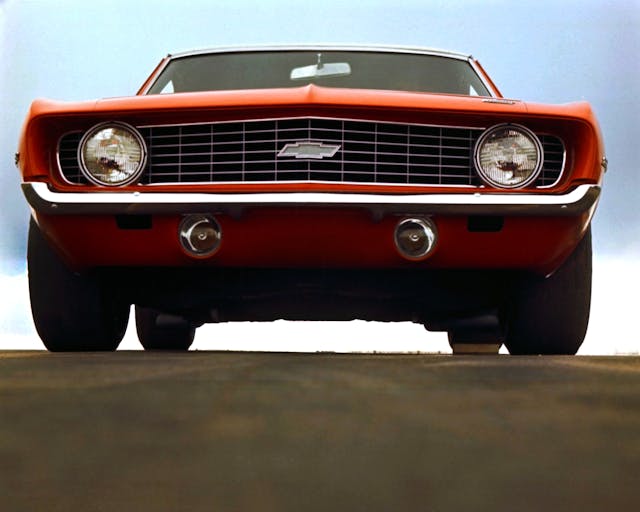
About those poor-quality restorations: be wary of poorly repaired areas that use fiberglass patch panels or copious amounts of body filler to achieve a smooth surface. Confirming that the doors close nicely is a good start (especially on convertibles), but remember that a first-generation Camaro with rust issues may still be worth purchasing. There’s a cottage industry dedicated to reproducing everything, and odds are a specialty shop has already worked on a Camaro and therefore well versed in the repair(s) yours may need.
After assessing the condition of the chassis, evaluate the condition of rubber parts in the suspension, the powertrain, and the body. Since most replacement rubber is readily available, factor in the cost of new weatherstripping—or a leaky hose or cracked bushings—when considering the asking price. Don’t forget the age of tires, either: Almost any tire loses the majority of its performance potential after a decade (though usually before that).
Combining the tips above with a test drive and a test of all features (lights, gauges, wipers, seat belts, HVAC, etc.) will yield an accurate assessment of how good or bad the Camaro truly is, equipping you with enough information to determine whether the asking price is fair. When in doubt, hire a professional automobile inspector to give you a full report.

Now, for the final question. Is authenticity a concern?
Everything from more powerful engines, factory air conditioning, and countless interior upgrades can be added to a less desirable Camaro. Of course, a factory big-block Camaro SS will be worth more to a collector than a straight-six Camaro that’s been upgraded to a big-block, assuming all else is equal. That is why a thoughtful checking of part numbers and factory stampings is the best way to ensure you’re paying the right price. If you cannot verify these details, avoid sellers asking for top dollar who don’t provide the paperwork proving their authenticity and originality.
If originality isn’t a big deal, you likely want a driver-quality Camaro. Nothing wrong with that, and it means you can take advantage of parts (be it aftermarket or factory upgrades not added to your car when new) that make life easier by improving the ownership experience. Things like air conditioning, better brakes, superior cylinder heads, and upgraded interior trim are just the tip of Camaro’s improvement iceberg. All items are worth considering, and some could actually add value to the vehicle.
Valuation
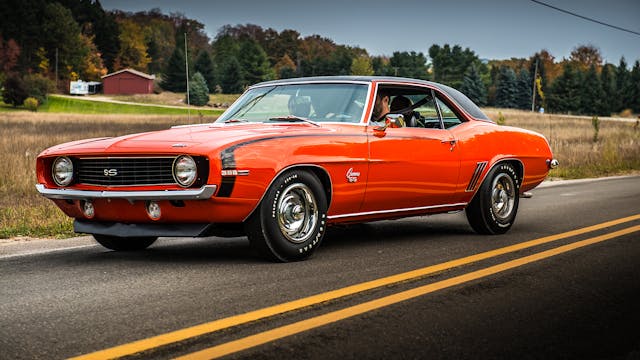
The Hagerty Valuation team has insight into prices for all first generation (1967–69) Camaros, but please check here for the most up-to-date values. While prices range from 30 grand to over 600 grand, that only demonstrates the sheer volume of configurations possible within the Camaro’s classic sheetmetal: a good driver will certainly be closer to the bottom of that range, while a museum-worthy COPO Camaro will be at the top. Across the board, all variations remained flat from September 2020 to January 2021.
It might come as a surprise that Camaro convertibles and hardtops carry fairly similar values, as a #2 (Excellent) condition example of either is currently $57,700 on average (down from $58,600 in May 2020). Values have gradually risen up to pre-recession levels, as median #2-condition prices were $58,000 in January 2008 and was at its lowest ($48,400) in September 2010. The increase is also observable in the volume of Hagerty insurance quotes received for first-generation Camaros: quotes are up 15 percent over the past five years, and values have gone up 12 percent over the past three years, with a 14 percent value increase over the past five years.

The 1967–69 Camaro is most popular with baby boomers, as they make up 43 percent of our quotes (versus 40 percent of the overall market). Gen X is the second-largest group with 38 percent of our quotes (versus 30 percent of the overall market).
Finding the right Camaro for your wants and your budget shouldn’t be too difficult, as a loyal owners have done a good job preserving the plentiful number of remaining examples to this day. As always, the best advice boils down to picking the best condition example you can find in your budget. Happy hunting!

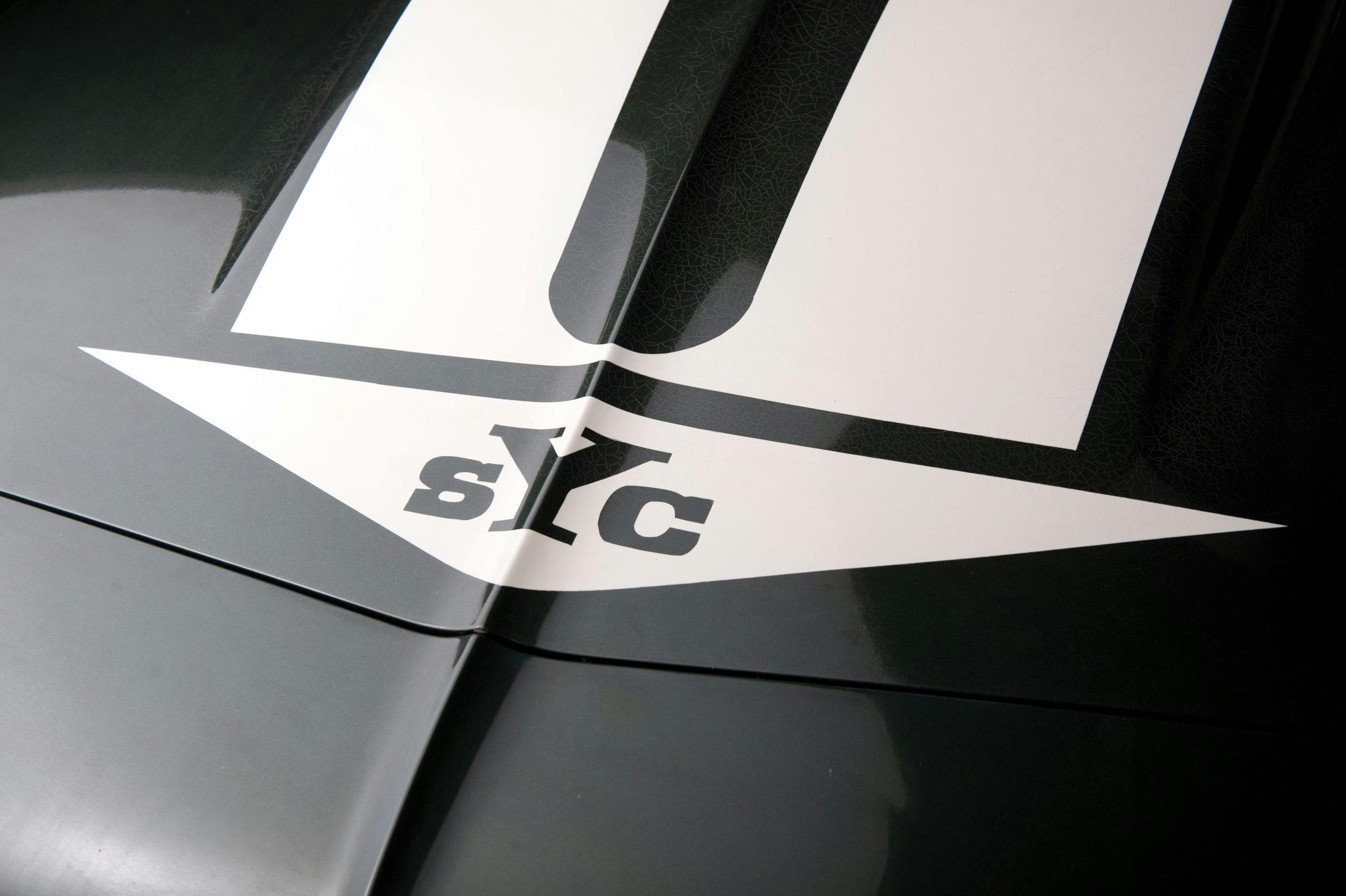
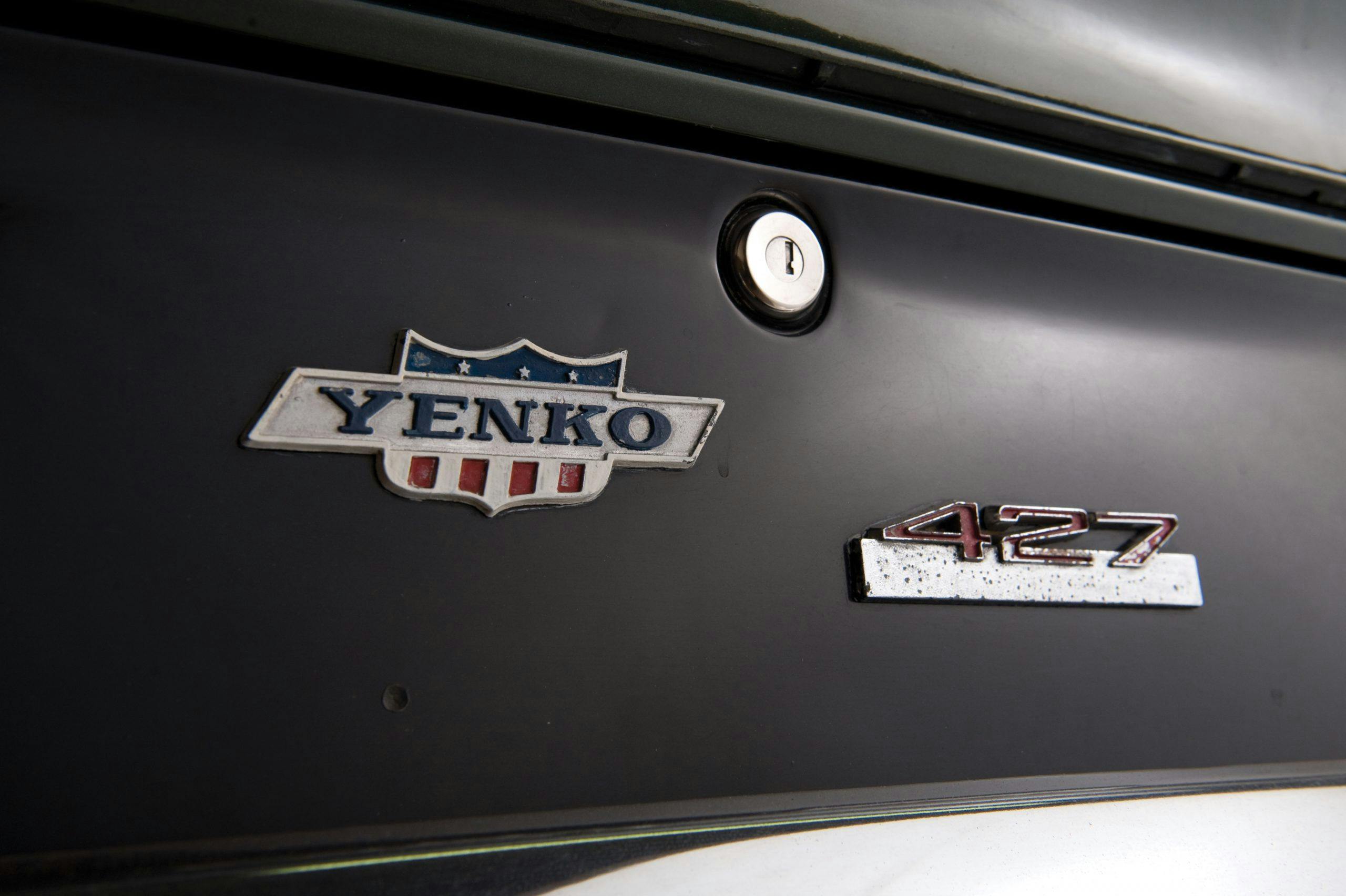
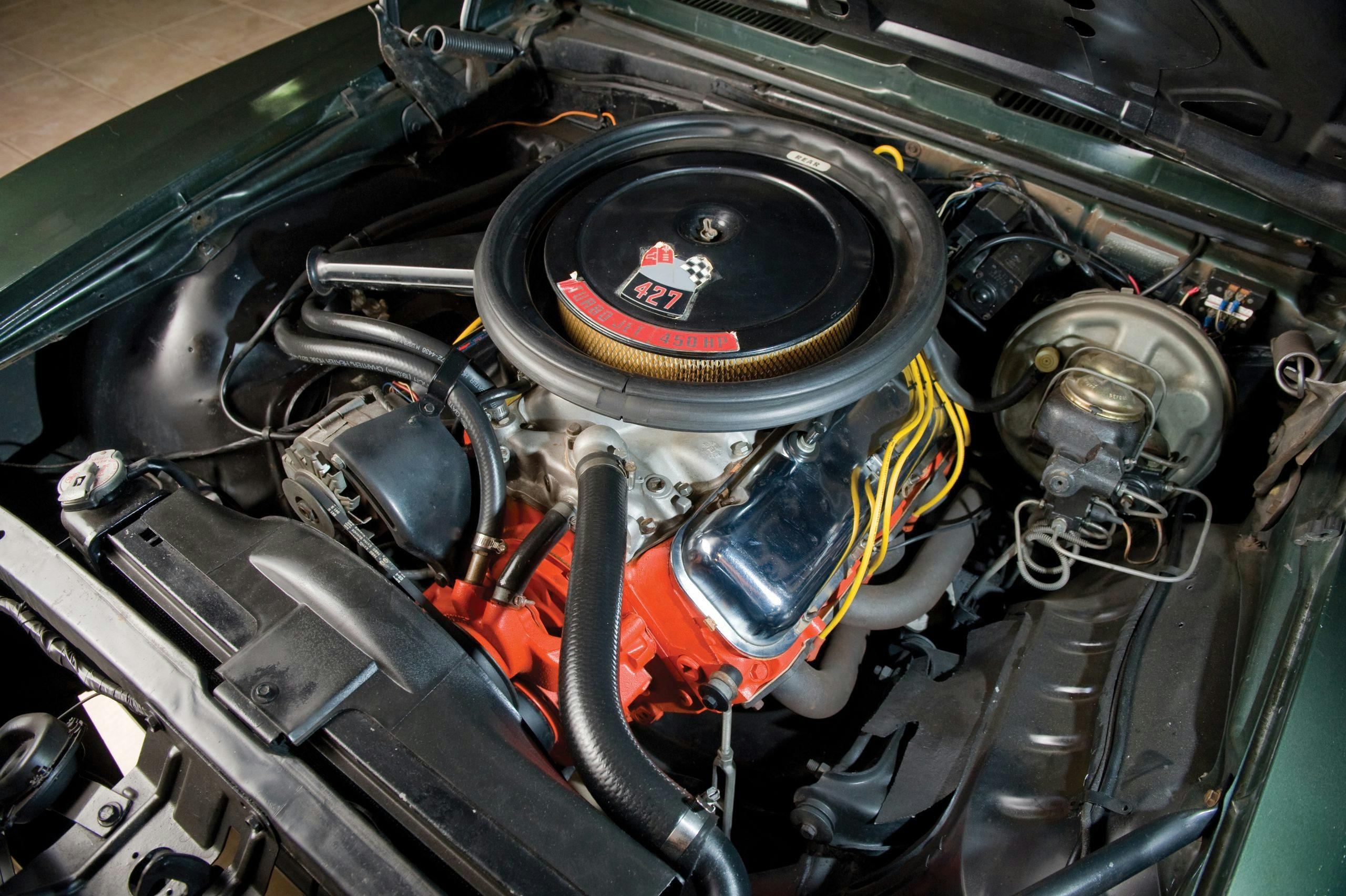

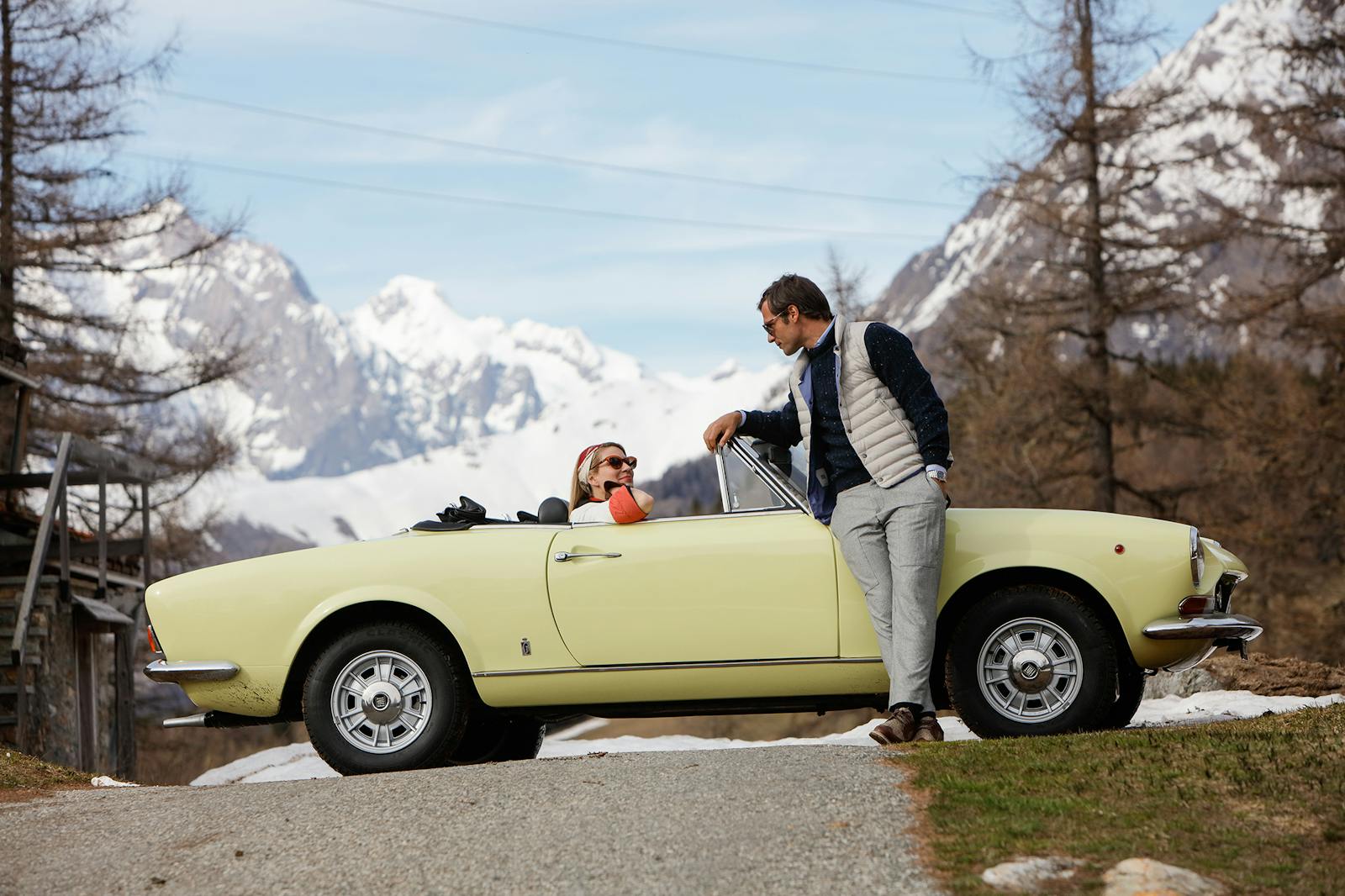
What kind of camaro site doesn’t mention 302 zapper !
The solid lifter 302 in the Z/28 is profiled in this article, I don’t see the Zapper name anywhere in GM’s official information about the motor. I found some mentions of this motor as a Zapper on Google, is it a nick name or am I missing something here?
The first generation Z/28 engine is known as “DZ 302”. I’ve never herd anything about Zapper. First generation Camaros bare my favorite cars I have done to much reading about them and my old man is master mechanic/machinist and worked on many of them so I get my info from him. I own a matching numbers 68 RS/SS Camaro 350, 4 speed Muncie 115k original miles.